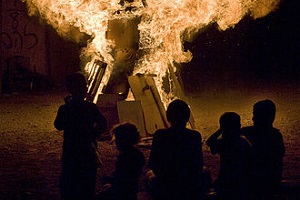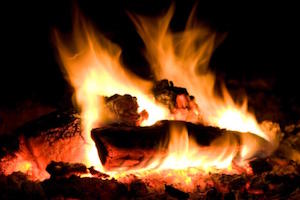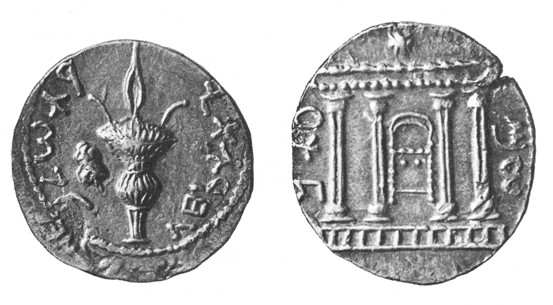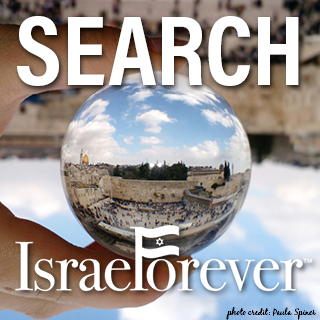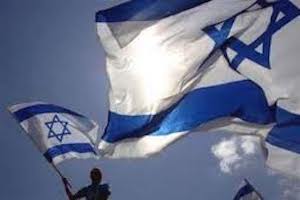Symbols of Jewish Continuity
by Rabbi Pruzansky
Surprisingly, the holiday that requires the most advance preparation is not Pesach or Succot; those require one, two, maybe three or (all right, for some) four weeks. In Israel, preparations for Lag Baomer began well before Pesach, almost six weeks in advance of the celebrations. Why?
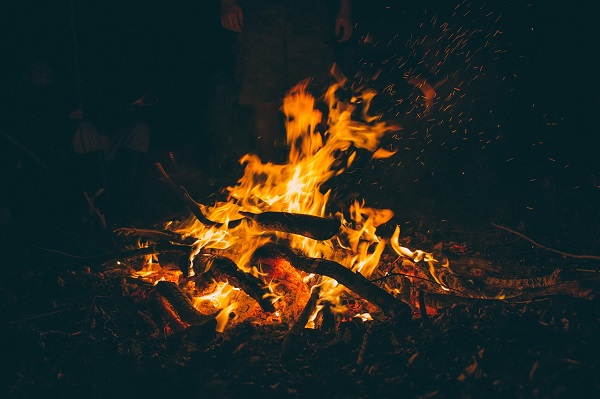
A ubiquitous sight from early spring was seeing children gathering wood for the big bonfires made on Lag Baomer. Children become scavengers. These urchins clear their homes of all wood in a way that is not done before Pesach with chametz. They frequent construction sites and build makeshift wagons, schlepping their new-found wood from block to block to the central gathering spot.
Anything not nailed down is seized, and I suspect that even much that is nailed down is seized anyway. Often, the pieces of wood are two or three times the size of the child carrying it; it looks like the wood is moving itself. This went on for weeks, and really intensified this last week with Lag Baomer’s imminence.
Of course, there are persistent reminders to exercise caution. Fire is obviously dangerous, and in an American context, it is hard to conceive of letting children play with matches, much less ignite stacks of wood in the hopes of producing an enormous conflagration. And, indeed, most fires were well-supervised (although it is clear that the hills surrounding Modiin did catch fire.)
How seriously do Israelis take this quasi-holiday? This year, children were off from school for two days, Sunday and Monday. And the Rabbinate, wary of Shabbat desecrations if bonfires were lit on Saturday night, directed that Lag Baomer pyrotechnics be delayed until Sunday night. (The Rabbinate has developed a habit of minimizing the real dates of Jewish observances in favor of commemorating events.)
As can be expected, this just induced the boisterous, youthful participants to light fires both nights – Saturday night in fulfillment of the “custom,” and Sunday night in deference (so to speak) to the Rabbis. What is the origin of this strange custom?
For sure, it is rooted in kabbala (admittedly, not my thing), and a celebration of the yahrtzeit of Rabbi Shimon bar Yochai who brought eternal light to the world through the Zohar and whose illumination is commemorated annually on this day. Perhaps there are other reasons, and some thoughts occurred to me.

In addition to the hilula for Rabbi Shimon, Lag Baomer primarily celebrates the cessation of the plague that afflicted Rabbi Akiva’s disciples. There is a common denominator that links the two: both Bar Yochai, and Rabbi Akiva and his students, were caught in the inferno of Roman persecution. Rabbi Shimon had to hide in a cave with his son for many years, and Rabbi Akiva’s students were actively engaged – as was Rabbi Akiva – in the failed rebellion of Bar Kochva (which, as I learned last week from Modiin’s mayor, actually began in Modiin).
It was a dark time for the Jewish people. Torah study declined and had to go underground. Jewish settlement in the land of Israel was constricted. It was 75 years after the churban, and the future seemed even more bleak that at the time of the churban itself. And yet, we survived. The plague stopped. The rebellion ended. Rabbi Shimon came out of hiding with a change of government, and Torah study began anew – culminating just a few decades later with the publication of the Mishna.
Fire is the symbol of Torah and Jewish continuity. We are the heirs to a “fiery faith” (Devarim 33:2). Even in the darkest moments, all it takes is one spark to reignite the flames of Torah and it burns again. And fire has the capacity of not being diminished when it is spread; one candle lights another without that flame being lessened in intensity at all. The spread of Torah enriches all of us – teacher and student, parent and child – and nothing need be lost.
In essence, Lag Baomer is a celebration of the mesorah – not just the hidden aspects as revealed by Rabbi Shimon, and not just the revealed aspects as represented by Rabbi Akiva – but a celebration of the mesorah of Torah and the land of Israel that sustains us, that gives us direction in life and eternal hope for the future.
Undoubtedly, children are always the best examples of this hope, and so they have become, if not the masters of the mesorah (yet), then at least the masters of the fire that symbolizes Torah, mesorah, our love for Israel and our confidence in the redemption ahead. They may fully comprehend why they toil for so long gathering their wood and assembling their bonfire, but they do not toil in vain. They aim to keep the fire raging until the coming of Moshiach. May they stay strong, and safe.
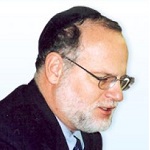
Rabbi Steven Pruzansky is the spiritual leader of Congregation Bnai Yeshurun, a synagogue consisting of nearly 600 families located in Teaneck, New Jersey, and one of the most vibrant centers of Orthodox Jewish life today. He has served since August 1994. Previously, Rabbi Pruzansky was for nine years the spiritual leader of Congregation Etz Chaim in Kew Gardens Hills, New York. While in New York, he served a two-year term as President of the Vaad Harabonim (Rabbinical Board) of Queens. See more

